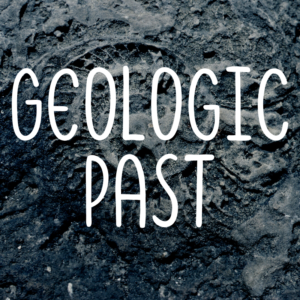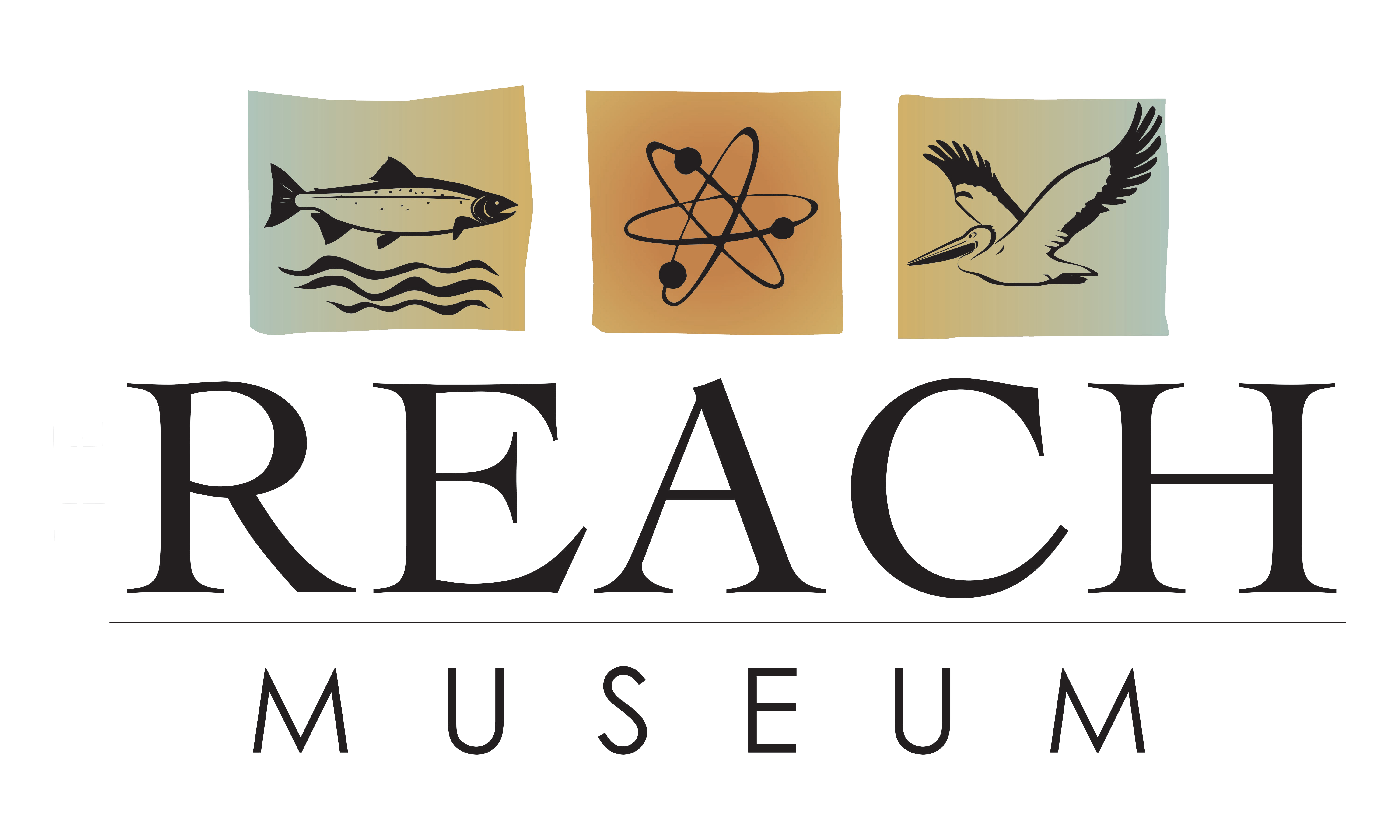Our education focus at The REACH Museum is the stories of the Hanford Reach National Monument and the Tri-Cities. In honor of the Columbia River, our subject areas are called Courses and the Field Trip programs are call Tributaries.

Courses & Tributaries

- Reading The Rocks: Discover the exciting geologic history of the Pacific Northwest by examining local rocks and figuring out how they formed. Students will learn types of rocks and work together to assemble the rock cycle.
- Fossils & Floods: Students examine ancient local fossils and Ice Age artifacts to piece together how life and the land has changed here in the Columbia Basin. Photos, maps, and models bring the past to life.
- Soil: The Pacific Northwest has some of the best soils on earth, thanks to its volcanic history and the Ice Age Floods. Students will examine soil ingredients and investigate colors and textures to understand how soil works and nourishes Columbia Basin crops.

- Plants: Sagebrush and bunch grasses dominate the dry uplands while trees and shrubs line the riverbanks. Students hike our trail and discover how shrub-steppe plants are adapted to this arid ecosystem, and how they compare to riparian plants along the river.
- Animals: There is a great diversity of wildlife on the Hanford Reach where the river meets the shrub-steppe. Students examine animal skulls, pelts, and other parts to learn about the unique animals of the Columbia Basin and how they interact within their habitats and the food web.
- Be A Wildlife Biologist: The Hanford Reach National Monument protects over 300 square miles around the Hanford site with all its unique wildlife and archeological sites. Scientists studying the area have discovered new and rare species. Students will learn about the methods scientists are using to survey and conserve the wildlife of the Hanford Reach, and try out a study of their own.

- Lewis & Clark on the Columbia River: The Corps of Discovery got their first impressions of this area over 210 years ago as they made their way down the Columbia. Students will use the Corps’ journal entries as well as drawing exercises to understand how the river has changed over the centuries.
- Life in the River: The fourth largest river in North America supports a diverse variety of fish and other life. Students will examine fish adaptations to understand this diversity, and explore how fish cope with human-made changes.
- River Dynamics: Students use models and maps to understand how watershed land-use affects the river, and how the river shapes the land.
- What Grows in Washington: With rich soil and water from the Columbia, crops grown in Washington help feed the world. Students explore the variety of foods and other products produced in the Columbia Basin using the museum garden and irrigation pivot.

- Pioneers of the Atom: Our area was transformed from sparsely populated desert to a booming government town when the top-secret Manhattan Project was launched. Students examine artifacts that bring the atomic age to life, learning about nuclear physics, World War II and Cold War history along the way.
- Hanford Clean-up: Since plutonium production at Hanford ended in 1989, several agencies are now working on the largest environmental clean-up project in the nation. Students will learn about the challenges and innovations involved in this effort, as well as the unique resources found within the Hanford Reach National Monument.

